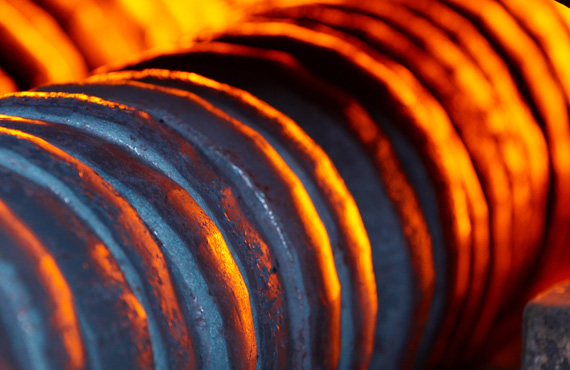Steel quenching heat treatment is a process where steel is cooled from a specific temperature in a controlled manner to achieve the desired mechanical properties. This process changes the internal structure (microstructure) of the steel to improve properties such as hardness, durability, and ductility.
The cooling rate and method directly affect the final properties of the material. Incorrect cooling can lead to brittleness or cracking in the steel, while proper application ensures the steel attains optimal mechanical properties.


